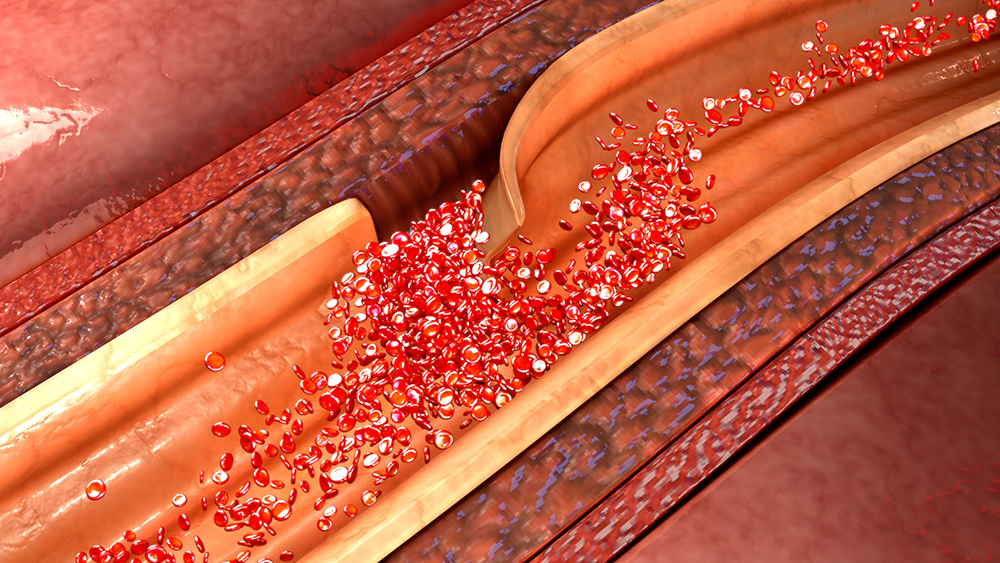
Although engineering is typically associated with metals, polymers and plastics, day-to-day materials from paint to toothpaste have also been engineered to perform.
“There are a lot of materials that are used in everyday life that people, on average, don't realize are unusual or nonstandard engineering materials,” said Dr. Chandler Benjamin. “Toothpaste is a perfect example because it has to have a certain level of texture when you're spreading it on your teeth because if it was too gritty, then you you'd never use it. So, it has to have a certain ability to spread, but, of course, it also has to have the ability to stay on your toothbrush when you’re not brushing.”
To determine how to design the materials, they must first be tested so that it is known how they behave in certain situations – a task that Benjamin, an assistant professor in the J. Mike Walker ’66 Department of Mechanical Engineering at Texas A&M University, and his lab approaches through the use of material characterization and nonlinear models.
But while it’s nice to have toothpaste that doesn’t grit against your teeth or drop off the brush, the applications of these models have life-saving potential as well. One of the main areas of Benjamin’s research focuses on harnessing these models to help health care providers combat cardiovascular diseases affecting the body’s largest artery, the aorta. One disease in particular, aortic dissection, has been a primary focus of Benjamin’s research.
An aortic dissection typically occurs when an injury to the innermost layer of the aorta allows blood to flow between the layers of the aortic wall, forcing the layers apart.
“If an aortic dissection occurs on the arch – the part that attaches right into the heart – I hope you are already in the hospital, on the operating table,” Benjamin said. “If it occurs in the descending or the abdominal aorta, it's very bad and you have some time to get to the hospital, but still, the fatality of that disorder is high.”
Unfortunately, the condition is difficult to diagnose and can often be confused with an aneurysm based on current methods of detection, including an MRI, which leaves physicians with no choice but to perform surgery to physically observe the artery.
To help assist health care providers in determining the likelihood of an aortic dissection, Benjamin and his lab group are working to create a model that could accurately detect the conditions under which it might occur.
“Most of the time, you know this right before something bad is about to happen,” Benjamin said. “We're trying predict these things well before they occur. If you could detect this before it ever becomes a serious problem, then you can take steps toward prevention.”
To accomplish such goals, Benjamin and his team take the materials they study and seek to determine how they behave when put under stress. It is at this point where Benjamin’s lab sets itself apart, taking these characterizations and using them to test nonlinear models.
While more traditionally considered engineering materials use linear models, biologically grown materials like the aorta require the use of nonlinear models, similar to paint and toothpaste, and are much more difficult to characterize.
“If you’re unable to describe how a material is going to behave under different loads and different conditions and if you have no models to represent this, you can’t even start,” Benjamin said. “You can’t even think about how you’re going to predict something like this. So this is always the first step in any mechanical development, it’s the first thing that has to be done.”